Learn about the endangered Southern Resident orca population and understand why it is important to take action to protect and recover this iconic and culturally significant population.
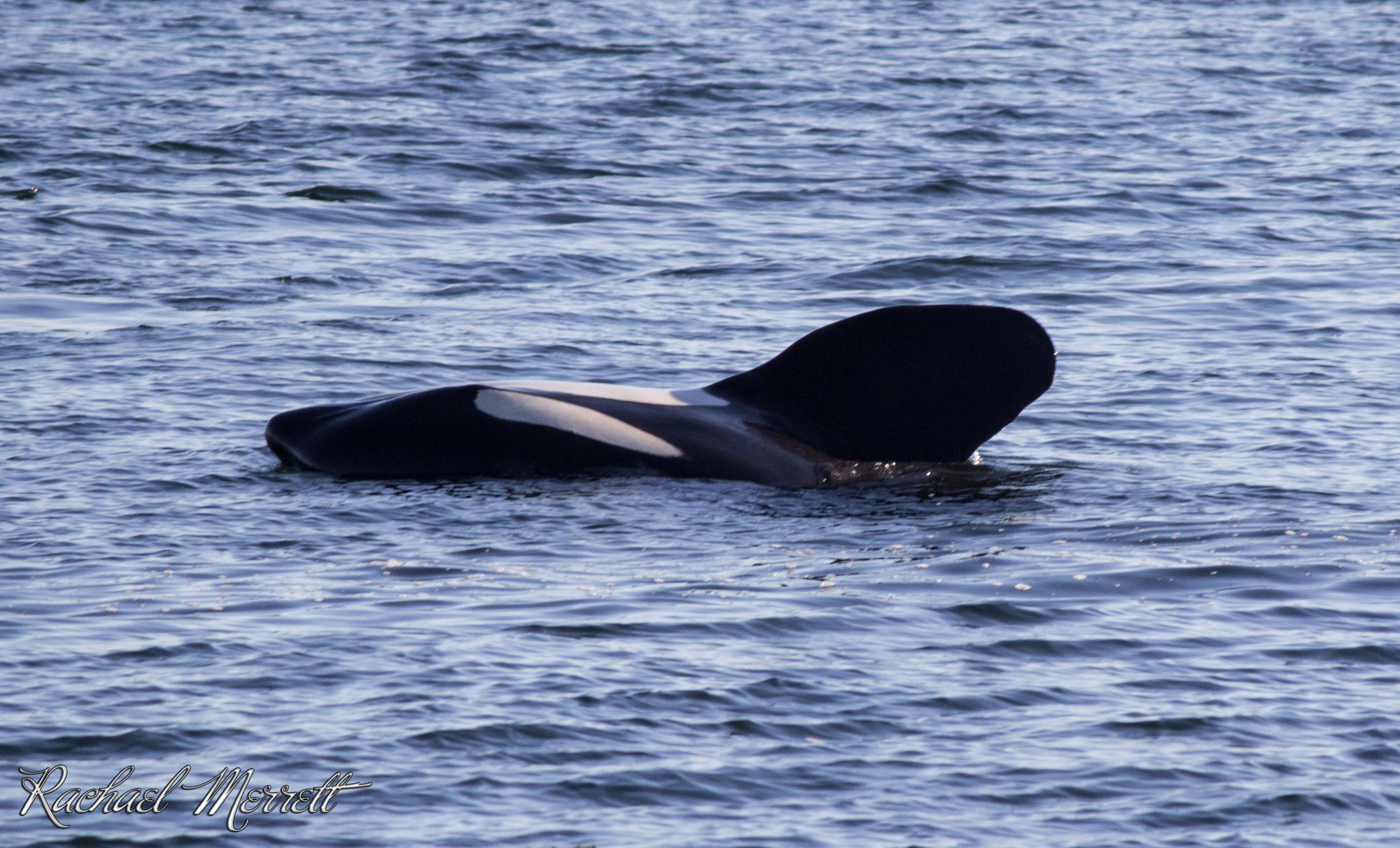
Orcas have been roaming oceans for approximately six million years.
That’s 30 times longer than humans! However, over the past 200 years, human activities have contributed to several orca populations becoming endangered. Orcas are especially threatened by food shortages, chemical pollution, and increasing noise in the ocean.
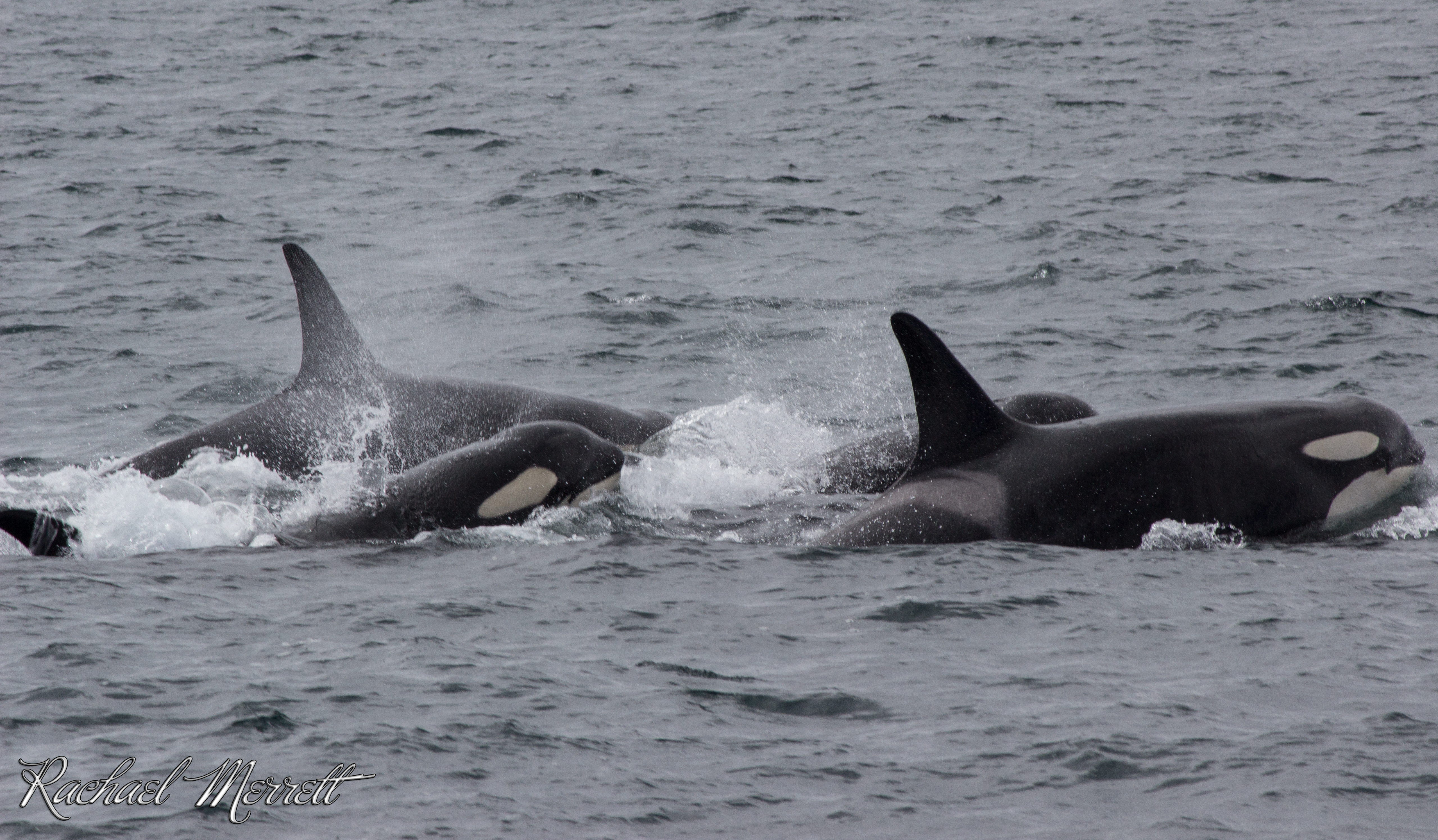 There are at least 10 different ecotypes of orcas in the world.
There are at least 10 different ecotypes of orcas in the world.
Orca are found in every ocean around the world with the greatest number of distinct ecotypes found in Antarctic waters. These genetically distinct ecotypes have evolved over millions of years because orcas will only breed with others from the same ecotype.
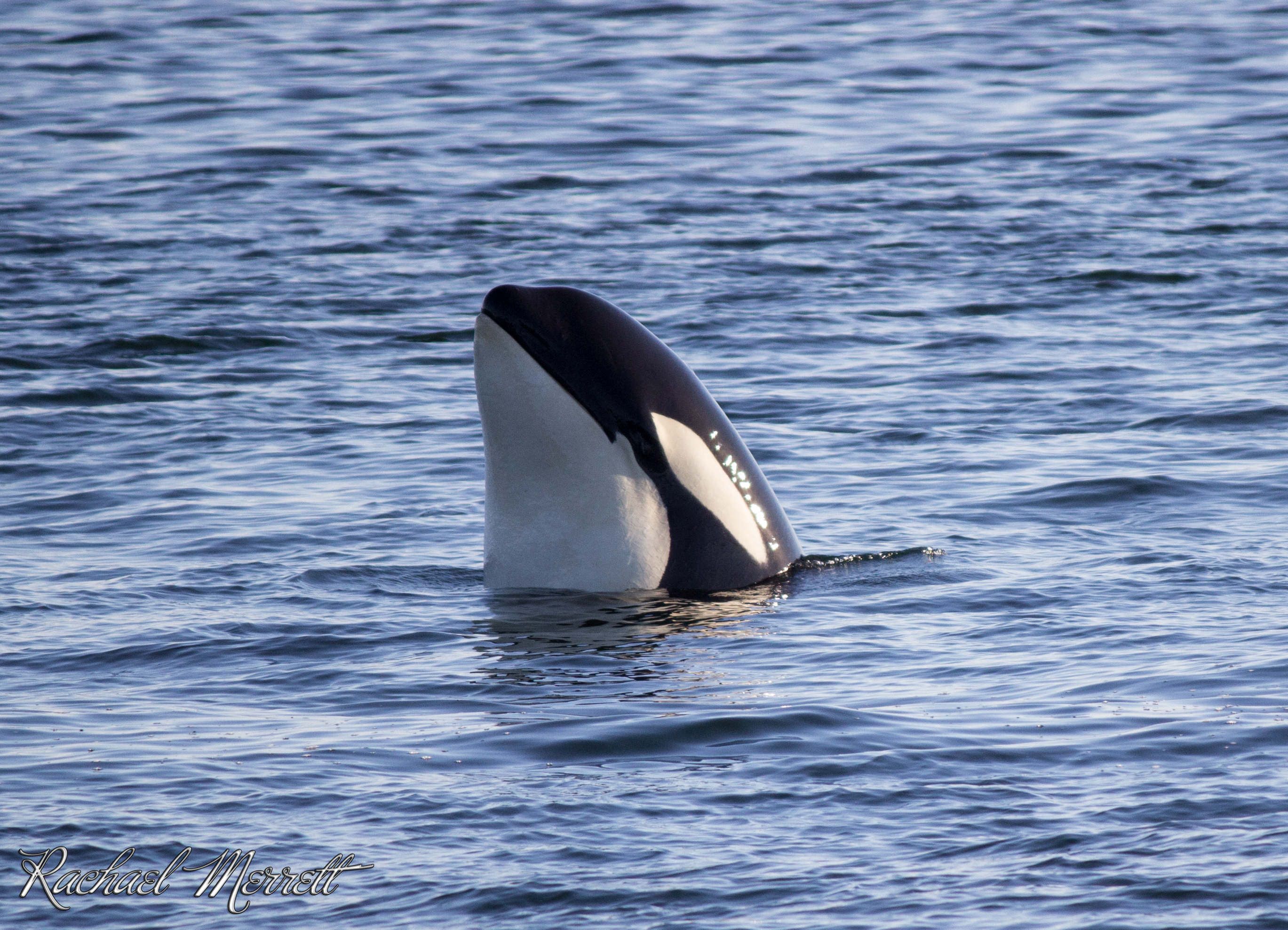 Orcas have the second largest brain of any animal in the world.
Orcas have the second largest brain of any animal in the world.
Orca brains can weigh up to 15 pounds. Large brains, paired with extreme amounts of folding or gyrification, means things like language, memory and emotional capacity are highly developed, allowing orcas to develop rich culture. Sperm whales have the largest brains.
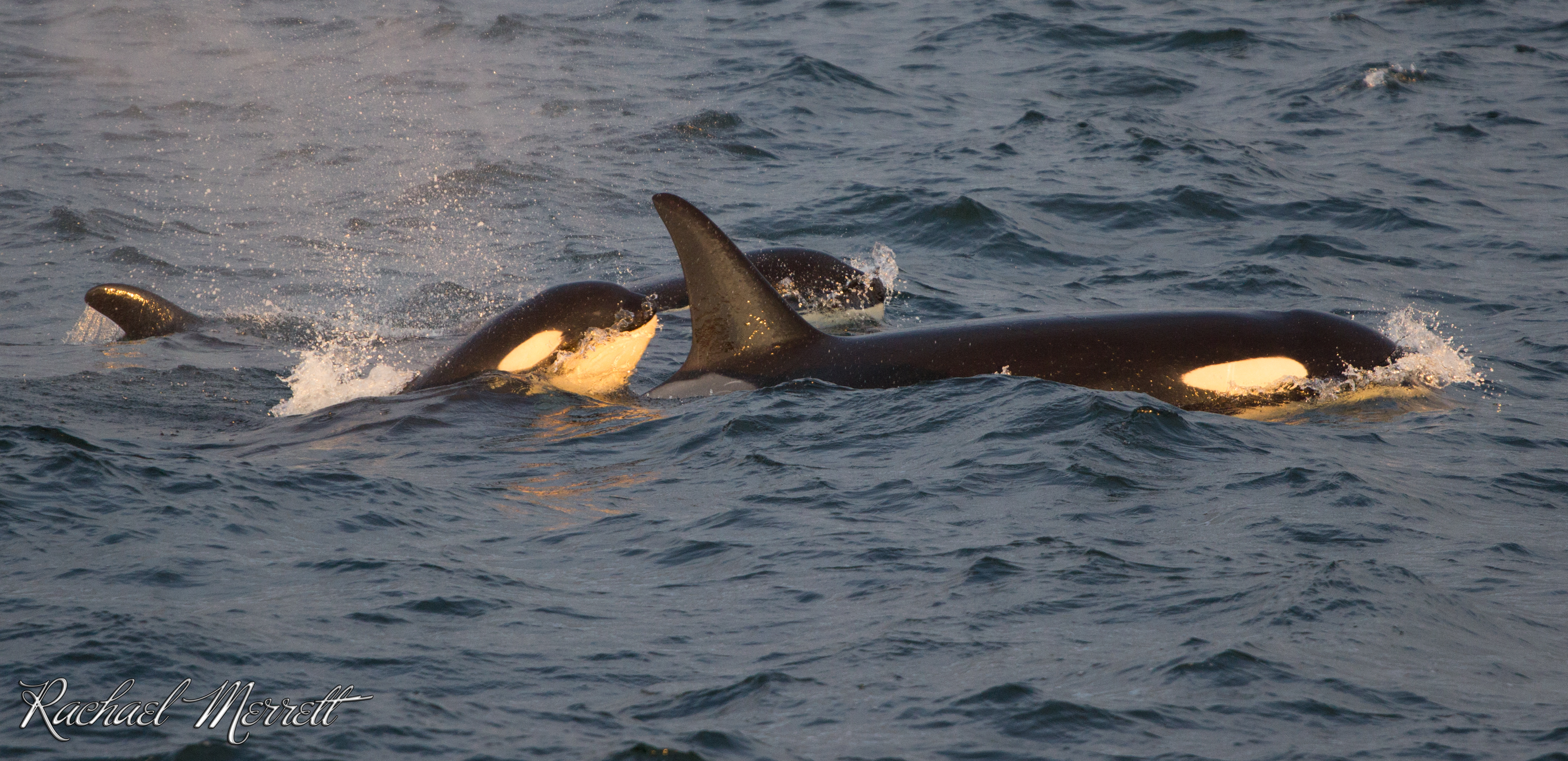 The mortality rate for orcas is up to 50% in the first year of life.
The mortality rate for orcas is up to 50% in the first year of life.
High levels of contaminants are passed from mothers to their offspring via breast milk. Orca calves are highly sensitive to these toxic contaminants. To help save orcas from extinction, we have to eliminate the use and discharge of these pollutants into waterways worldwide.
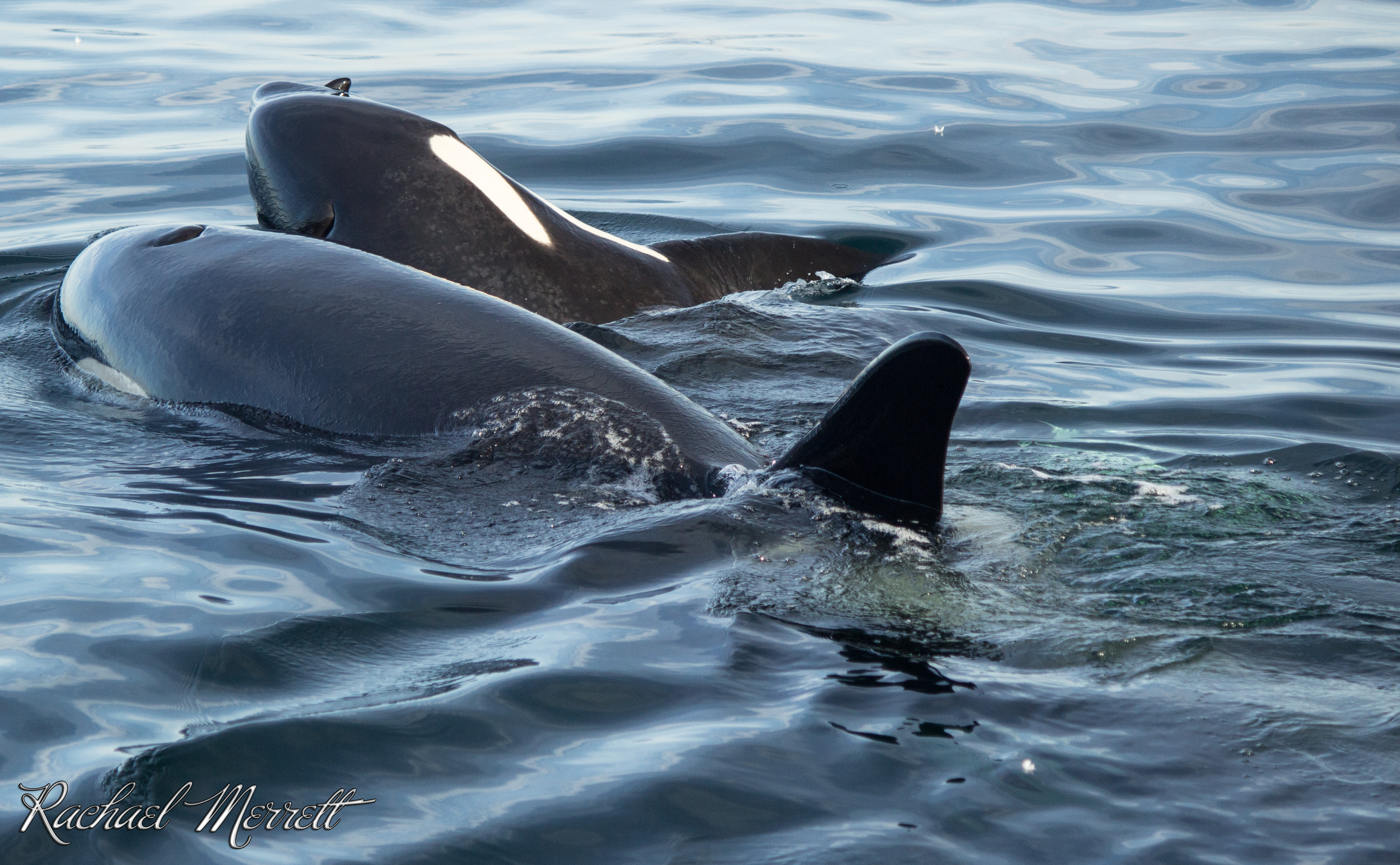 Adult resident orcas eat an average of approximately 385 pounds of salmon daily to stay healthy.
Adult resident orcas eat an average of approximately 385 pounds of salmon daily to stay healthy.
Chinook salmon are the main source of food for Resident orcas, but this key prey species has had consistently low spawning returns for several decades. A lack of food means orcas may starve to death.
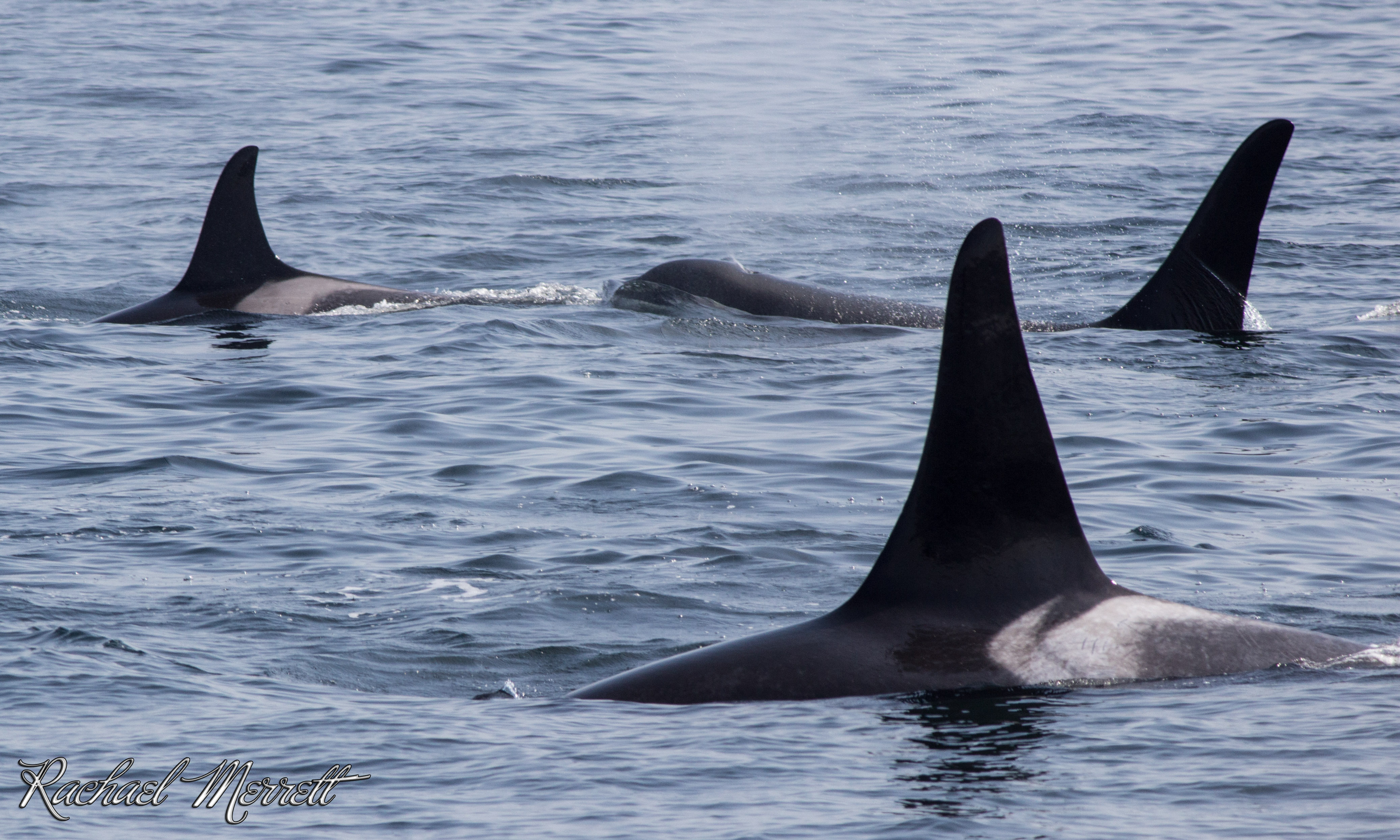 Every orca is individually identifiable because they each have a unique dorsal fin and saddle patch.
Every orca is individually identifiable because they each have a unique dorsal fin and saddle patch.
Saddles patches are the light-coloured area behind the dorsal fin. They can be open (with a black streak present) or closed (solid). Resident orcas will have an open or closed saddle patch that is white or grey. Bigg’s orcas have closed saddle patches that are solid grey to white.
 Southern resident orca, J-2 aka Granny, was the oldest known orca in the world.
Southern resident orca, J-2 aka Granny, was the oldest known orca in the world.
J-2 passed away in October 2016, at approximately 105 years old. Due to a lack of food and the effects of marine pollution, Southern Resident orcas are passing away before reaching their life expectancies of 60-80 years for females, and 40-60 years for males.
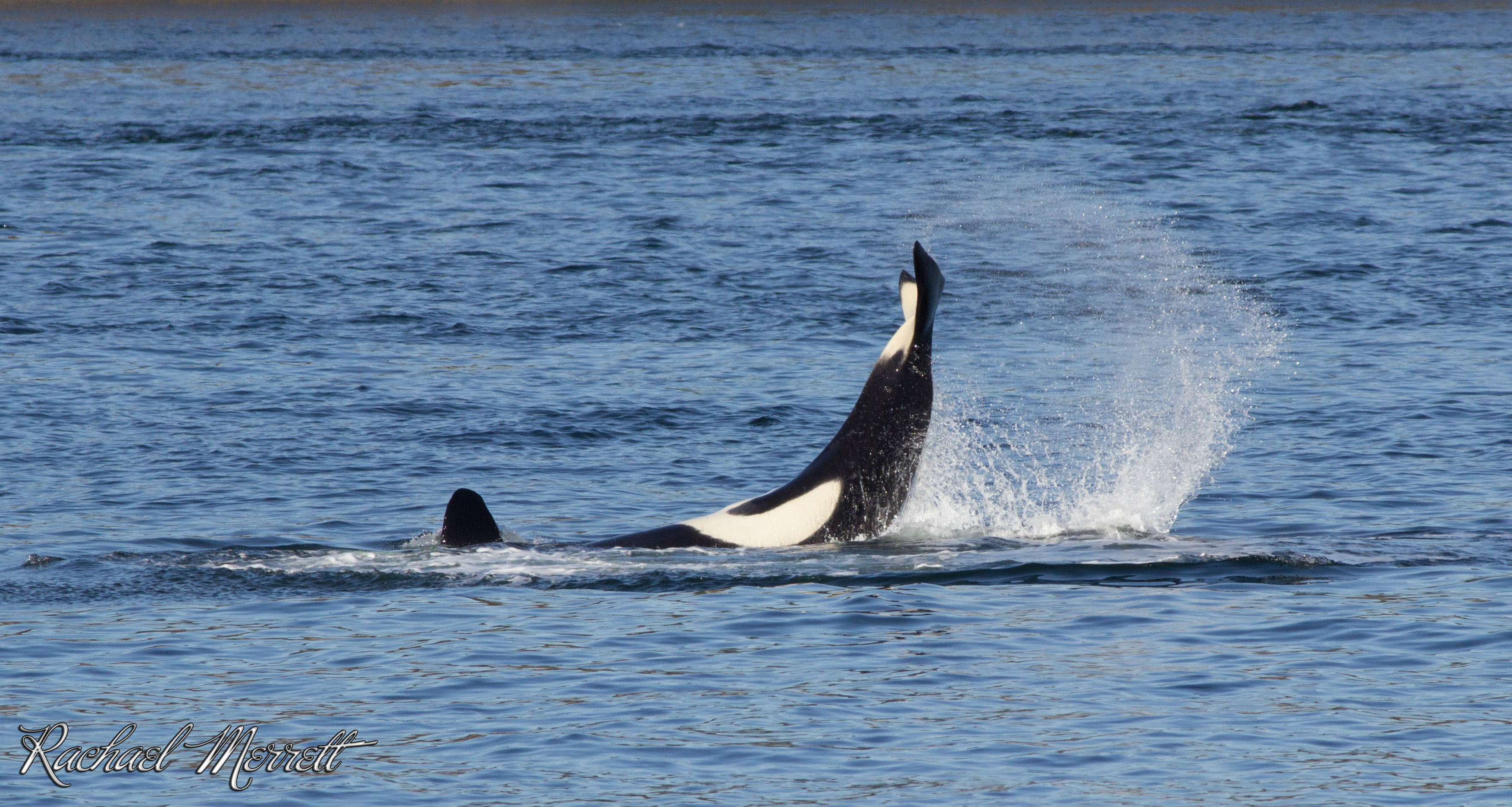 More than 630,000 tons of fishing gear is lost, abandoned or otherwise discarded in the world’s oceans every year and this is an entanglement risk to orcas.
More than 630,000 tons of fishing gear is lost, abandoned or otherwise discarded in the world’s oceans every year and this is an entanglement risk to orcas.
Derelict fishing gear poses a serious threat to marine organisms of all kinds. For cetaceans (dolphins, whales and porpoises), entanglement can lead to severe injured or death. Removing lost and abandoned gear is one way to protect marine wildlife.
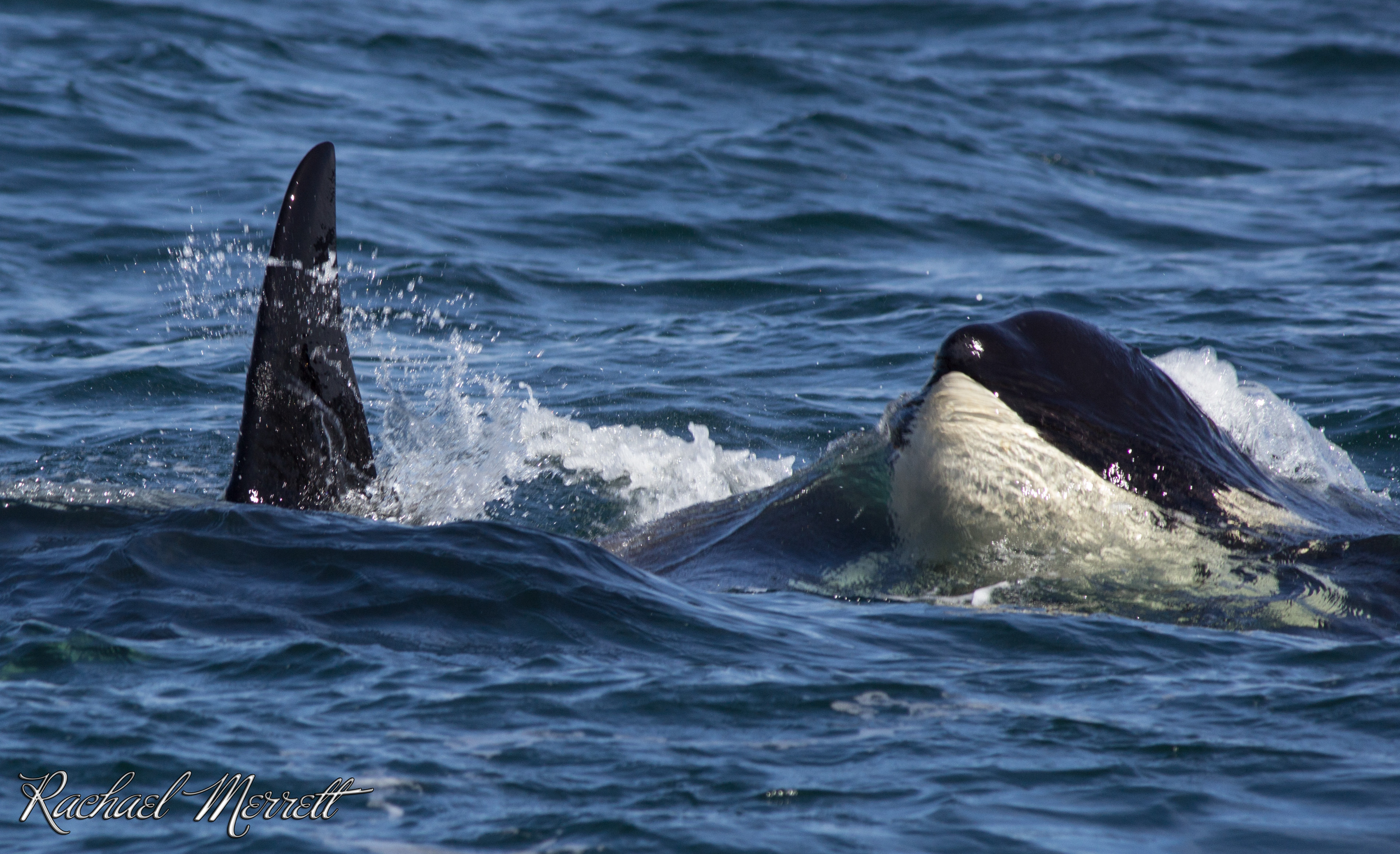 Every orca population has its own unique language.
Every orca population has its own unique language.
Losing the endangered Southern Resident orca population would mean the loss of an entire orca language, culture and unique genetic community which have evolved over millennia. Action must be taken immediately to prevent this tragedy from happening.
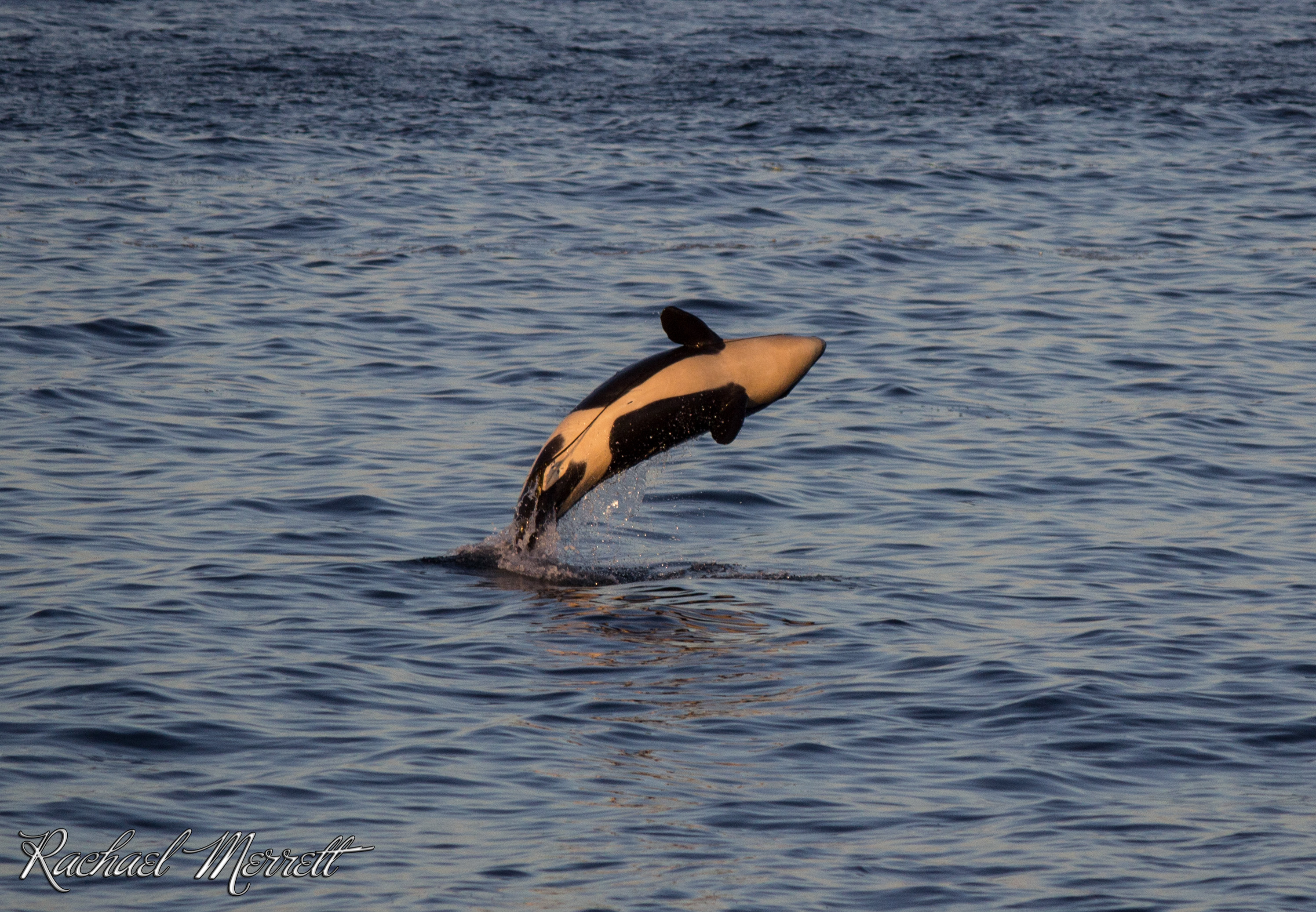 Orcas are born with whiskers.
Orcas are born with whiskers.
Calves lose this facial hair soon after birth, but the hair follicles remain visible.
Orca calves are born black and peachy-orange in colour; they’re not born black and white.
Scientists theorize that this is because calves are not born with a thick layer of blubber, therefore blood vessels near the surface of the skin result in this colour pattern. Most calves become black and white within their first year.
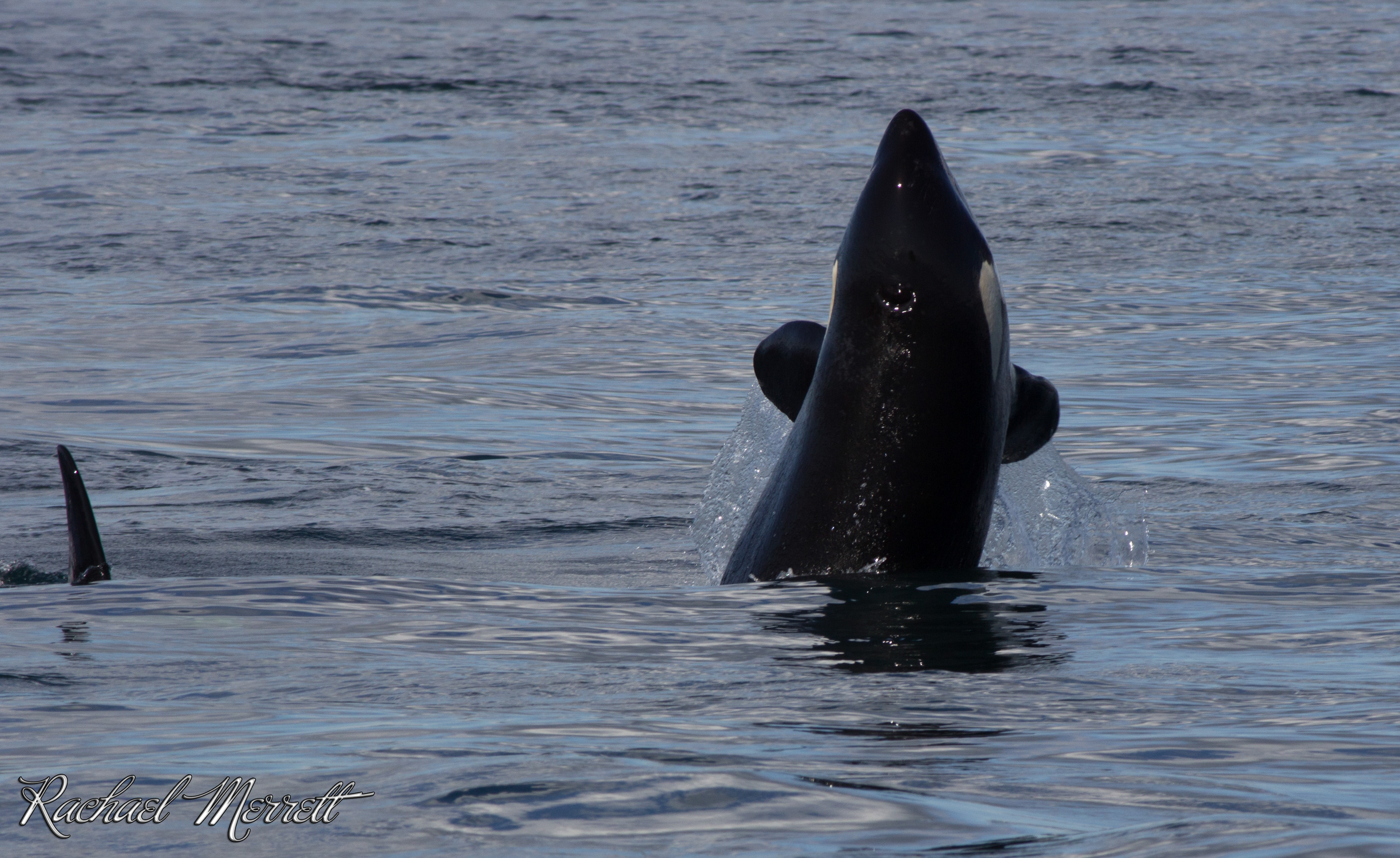 Orcas are some of the most contaminated animals on the planet.
Orcas are some of the most contaminated animals on the planet.
Human-made industrial chemicals like DDT, PCBs and PBDEs, don’t break down in nature and bioaccumulate (become highly concentrated through the food chain). These toxins are stored in the fat tissue of orcas. Studies show that orcas experience issues with reproduction, development and immune system function due to these contaminants.
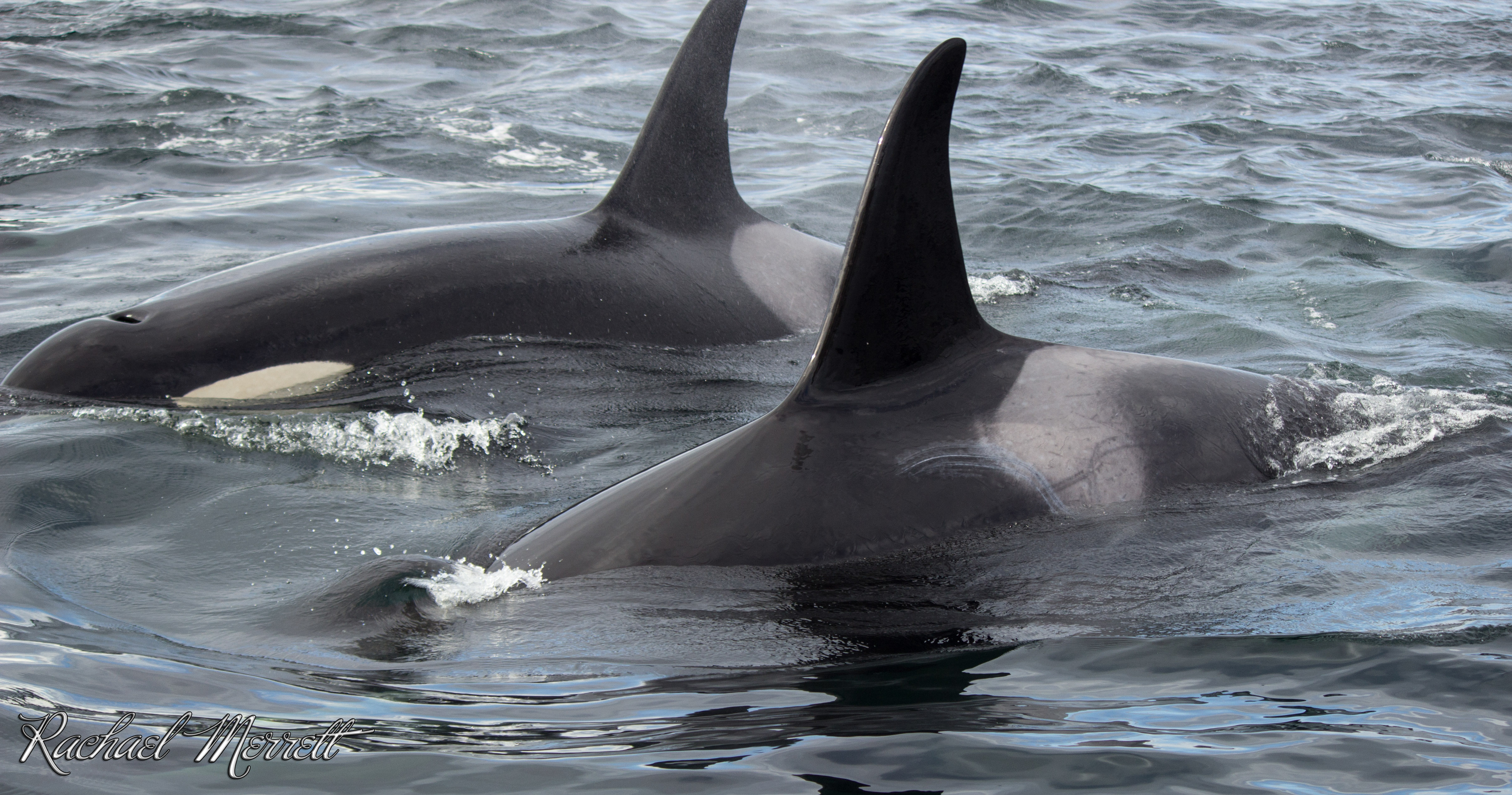 Orcas have a unique region in their brains.
Orcas have a unique region in their brains.
It’s one that doesn’t exist in the brains of humans or other land mammals. Orcas have three lobes in their brain’s paralimbic system, whereas humans have only one. Scientists speculate the orcas lobes may be responsible for spatial memory and navigation.
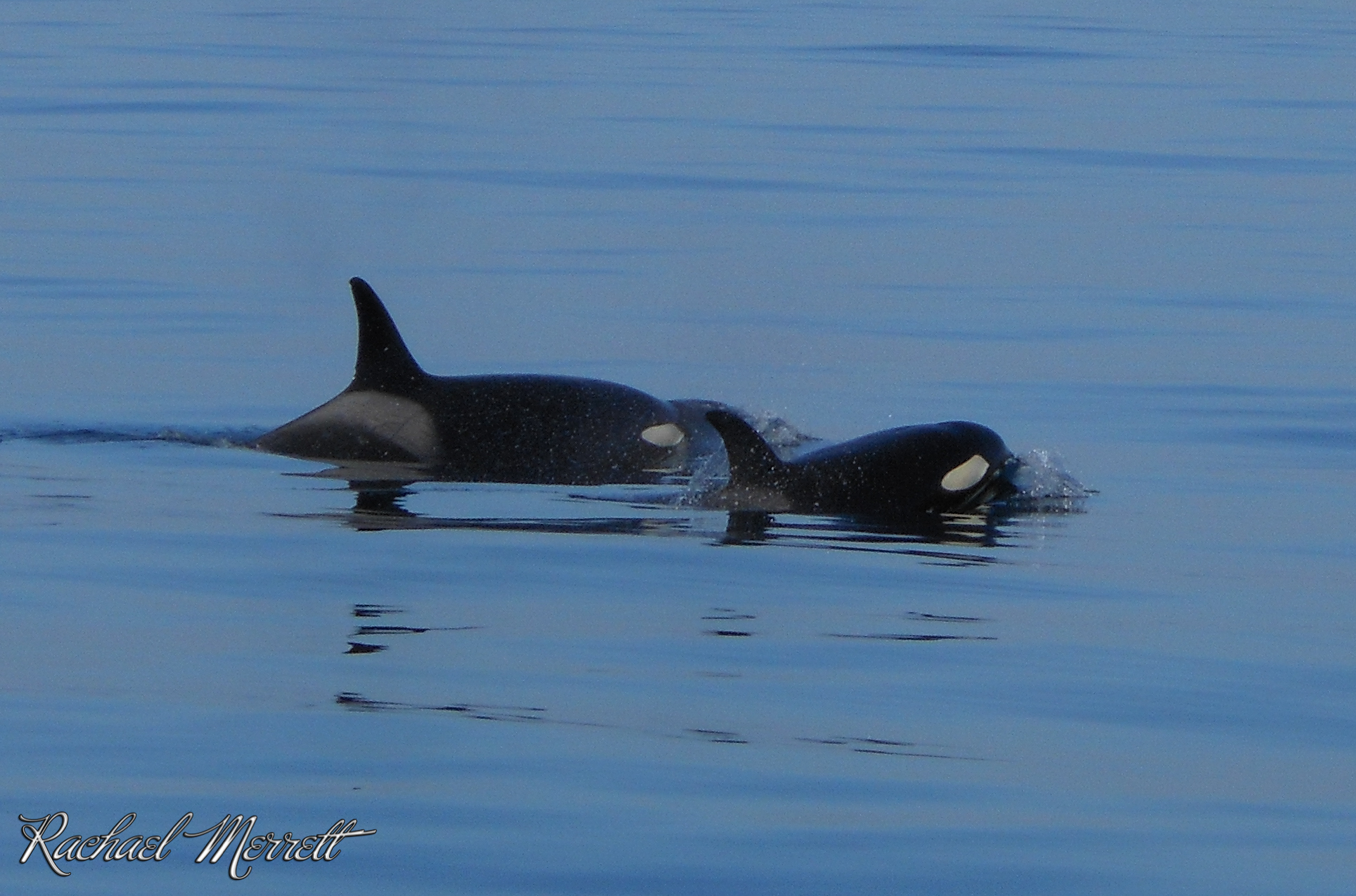 A mother orca’s death greatly affects the mortality rate of her sons.
A mother orca’s death greatly affects the mortality rate of her sons.
Male orcas are much more likely to pass away if their mother dies. Researchers think that prey sharing by mothers with their offspring may be the cause. Mothers are very important to the survival of orca communities!
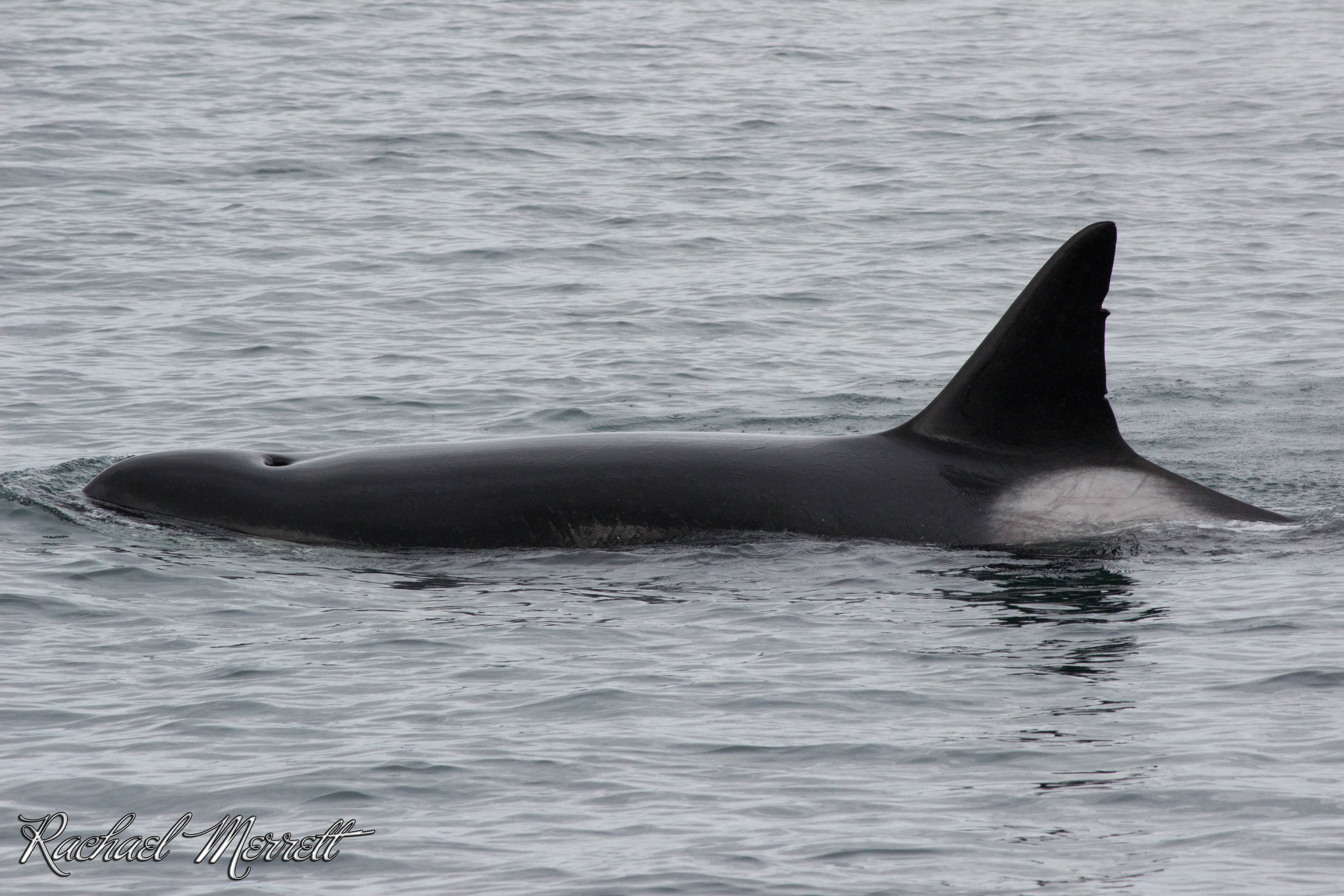 The Exxon Valdez oil spill that occurred off the coast of Alaska in 1989, may have contributed to the death of 11 of the 22 Chugach transient orcas.
The Exxon Valdez oil spill that occurred off the coast of Alaska in 1989, may have contributed to the death of 11 of the 22 Chugach transient orcas.
Scientists speculate that the orcas suffered from physiological damage from breathing hydrocarbons and consuming oil-covered seals. Closer to home, increasing tanker traffic in the Salish Sea poses a huge threat to the survival and recovery of Southern Resident orcas.
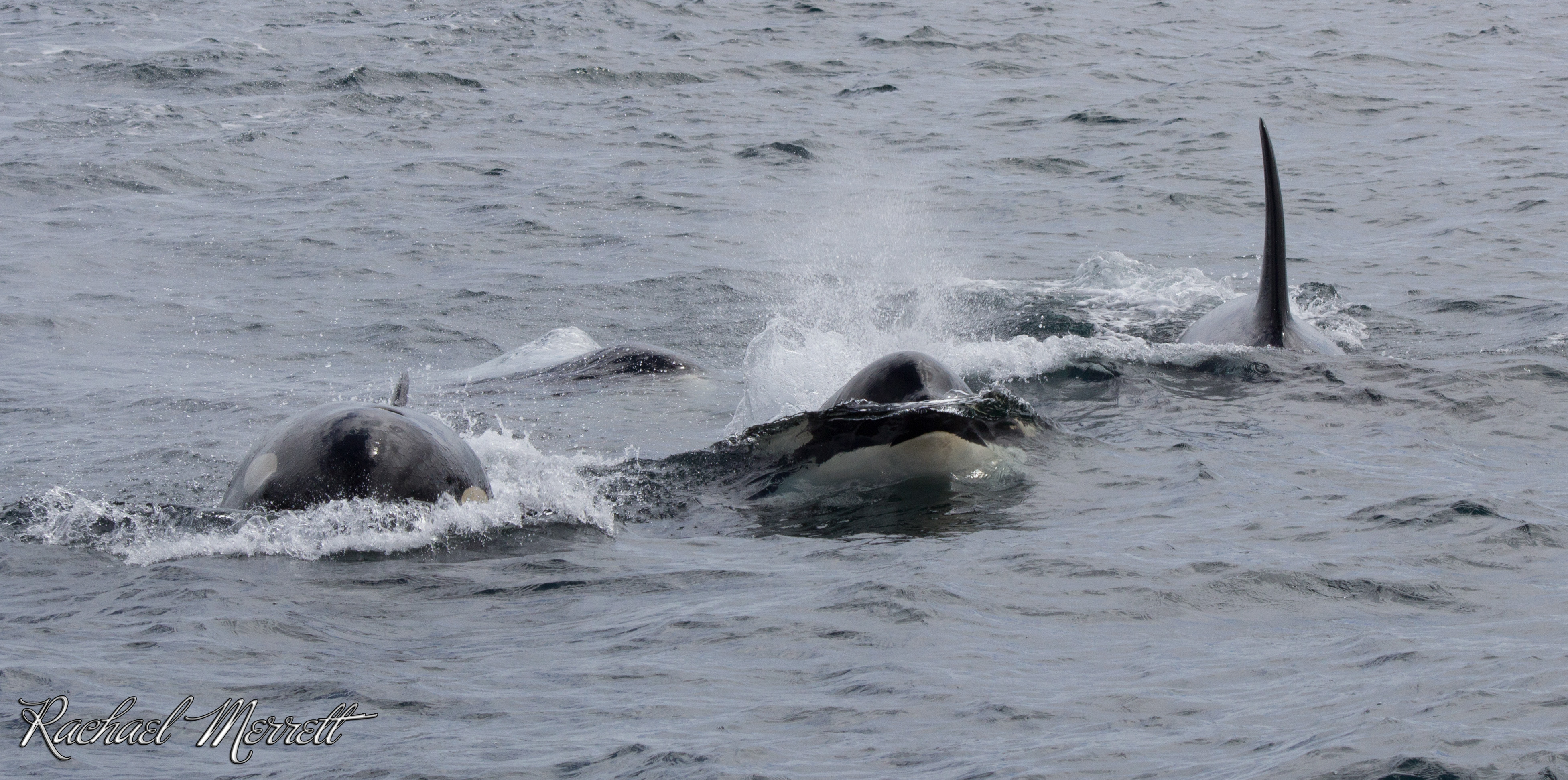 If unraveled, the small intestine of an orca would stretch the length of a Boeing 737-500.
If unraveled, the small intestine of an orca would stretch the length of a Boeing 737-500.
That’s about as tall as a 10 storey building, or 31 metres. Marine mammals who live in cold waters have very long small intestines, which may play a role in body temperature regulation through heat production from digesting food.
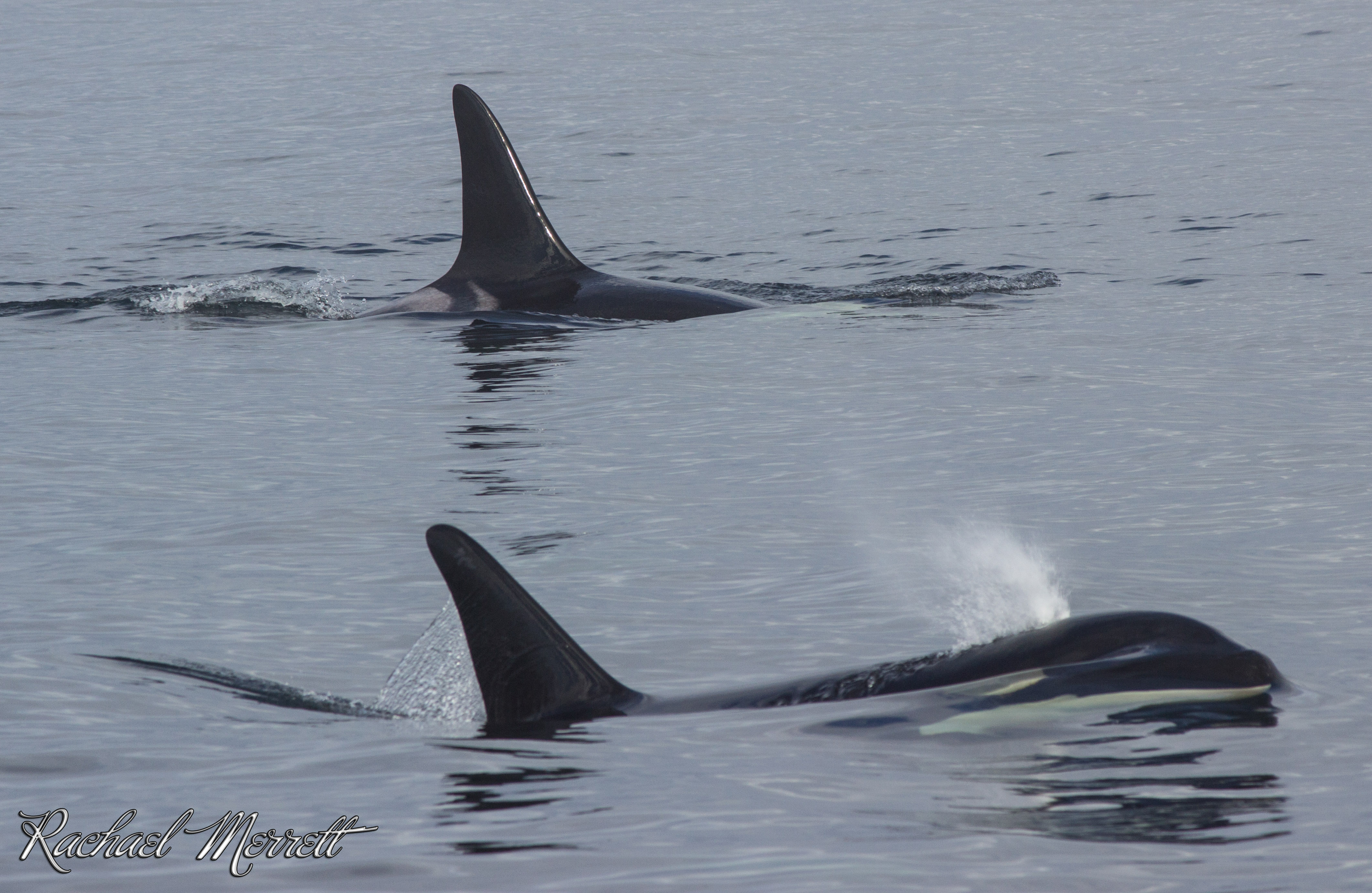 Orcas keep half their brain awake while they sleep.
Orcas keep half their brain awake while they sleep.
It is called unihemispheric slow-wave sleep, and they must rest this way because they are conscious breathers—they choose to surface and breathe. If orcas were to shut down their entire brain to sleep, they would fail to surface and drown as a result. While resting, orcas still move, surface and monitor their environment.
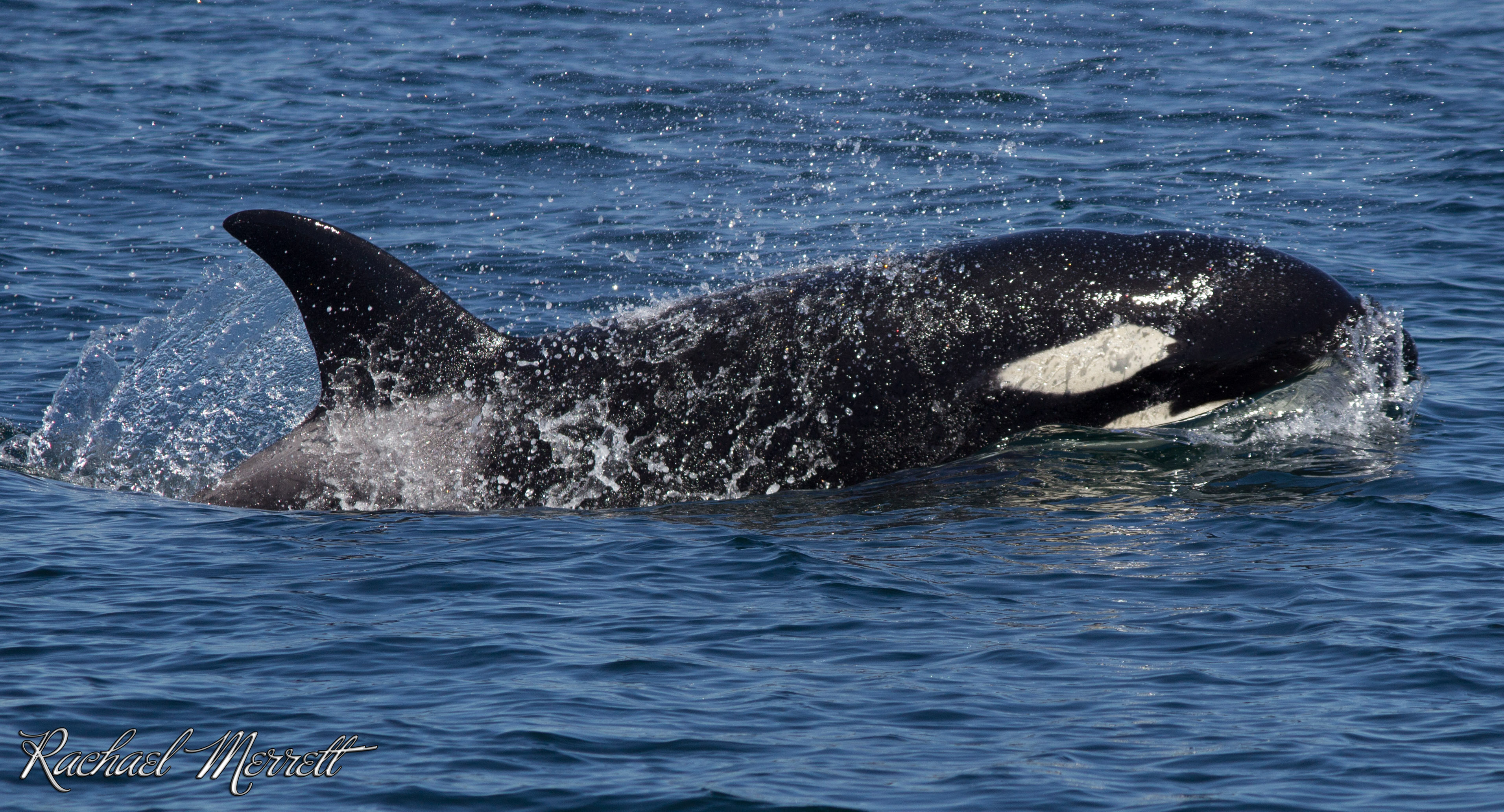 Orcas receive sound through their lower jaw.
Orcas receive sound through their lower jaw.
Sound waves from echolocation travel from the jaw to their inner ear and on to the brain, where detailed images of their environment are formed. Orcas rely on sound and echolocation to hunt, communicate, and navigate – activities that are becoming more difficult in increasingly noisy oceans.
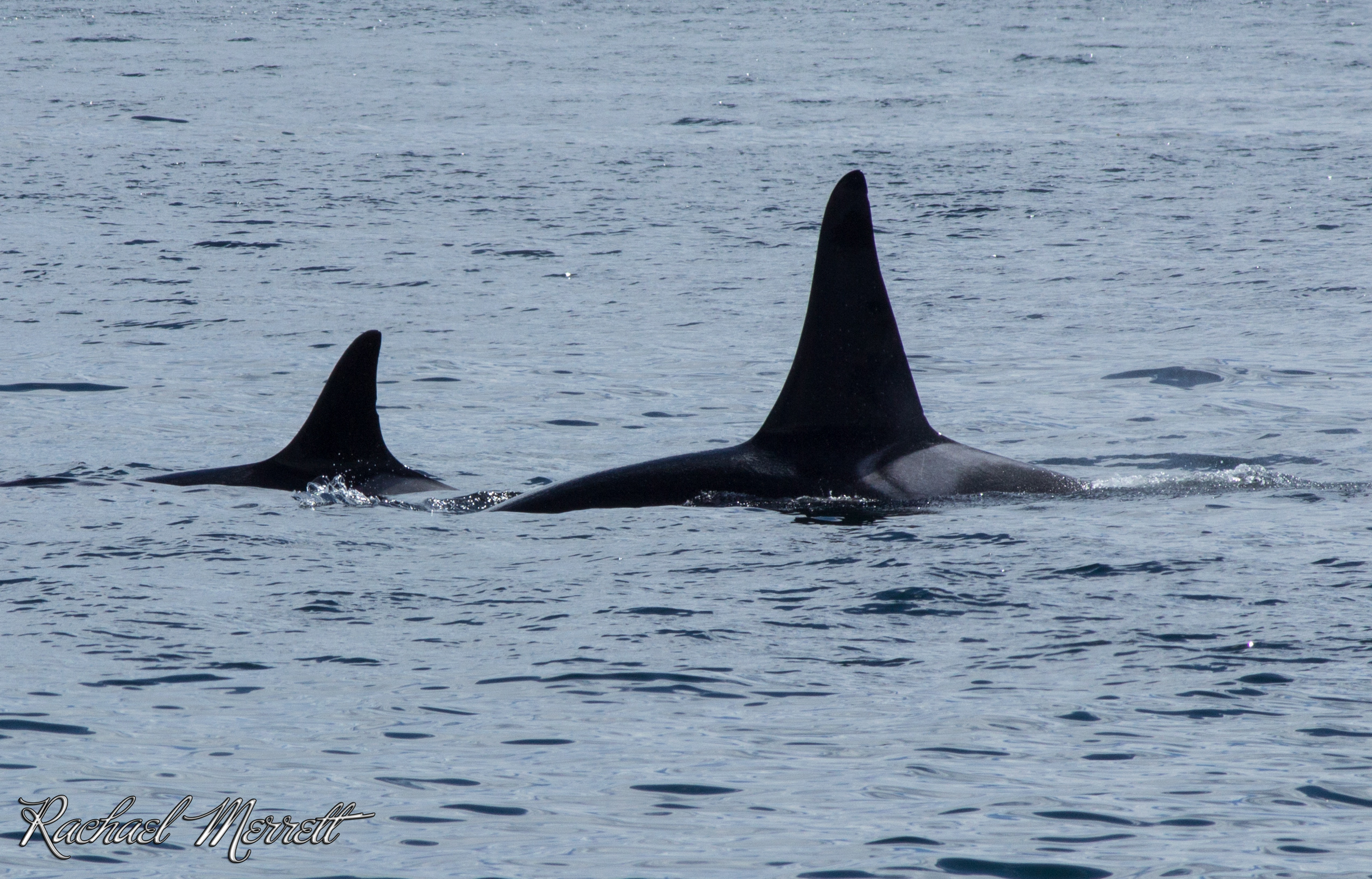 Southern resident orca, L-87 (Onyx) is the only known Resident orca to have “switched” pods.
Southern resident orca, L-87 (Onyx) is the only known Resident orca to have “switched” pods.
After L-87’s mother passed away, he aligned with the matriarchs of the K-pod. When they passed away, L-87 moved to J pod, where he aligned first with J-8 (Spieden), then J-2 (Granny), followed by J-17 (Princess Angeline).
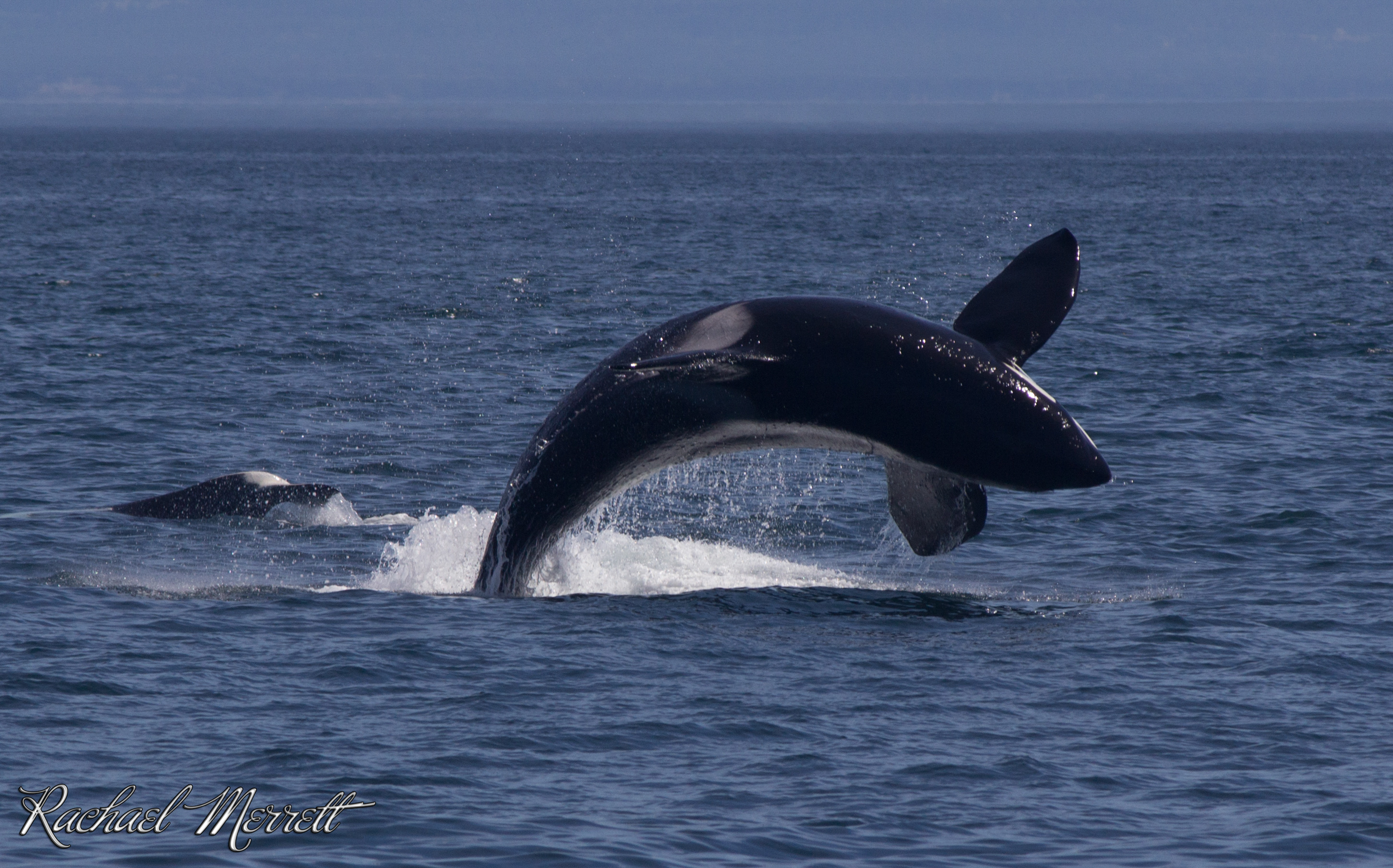 Humans, great apes, elephants, whales, hippos, manatees and walruses are the only animals that share a special type of cell in our brains.
Humans, great apes, elephants, whales, hippos, manatees and walruses are the only animals that share a special type of cell in our brains.
They are called spindle neurons, and they’re responsible for tracking social interactions, performing certain intellectual and emotional functions, and they allow us to have feelings about other’s feelings.
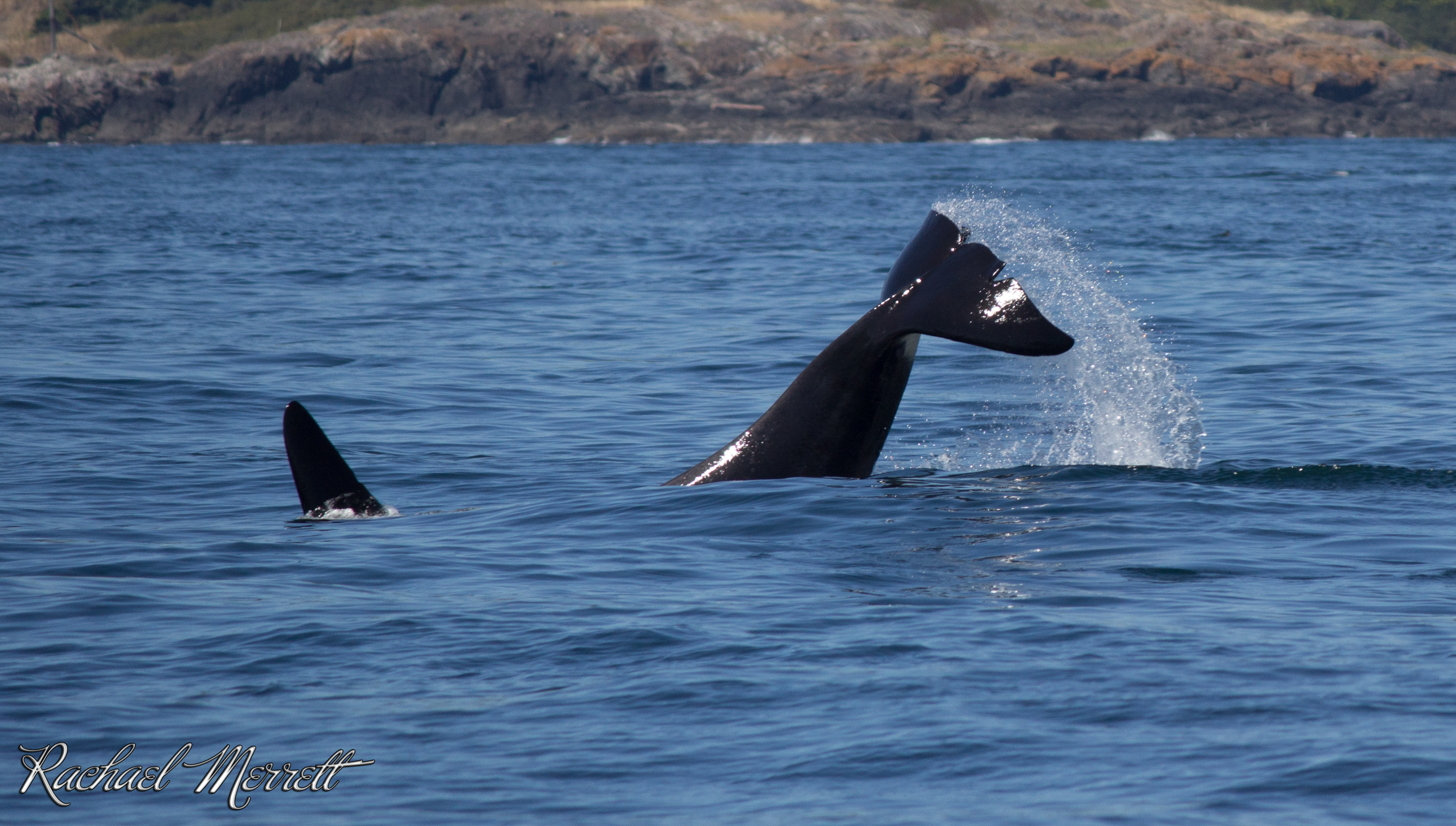 Southern Resident orcas were the most highly targeted population when live captures for captivity were occurring.
Southern Resident orcas were the most highly targeted population when live captures for captivity were occurring.
Over 40% of the population, approximately 60 individuals, were removed during the 1960s and 1970s, which had a devastating impact on the structure of the population and families within it.
Orcas, like other cetaceans, have special mucous in their lungs.
This mucous allows them to re-inflate their lungs after they collapse during deep dives. This can cause cetaceans to have stinky breath!
 Military sonar and underwater explosives can cause permanent damage or lead to death.
Military sonar and underwater explosives can cause permanent damage or lead to death.
When shock waves from these activities impact an orca, blood vessels inside their body can burst and hemorrhage. Orcas need safe, quiet places to live.
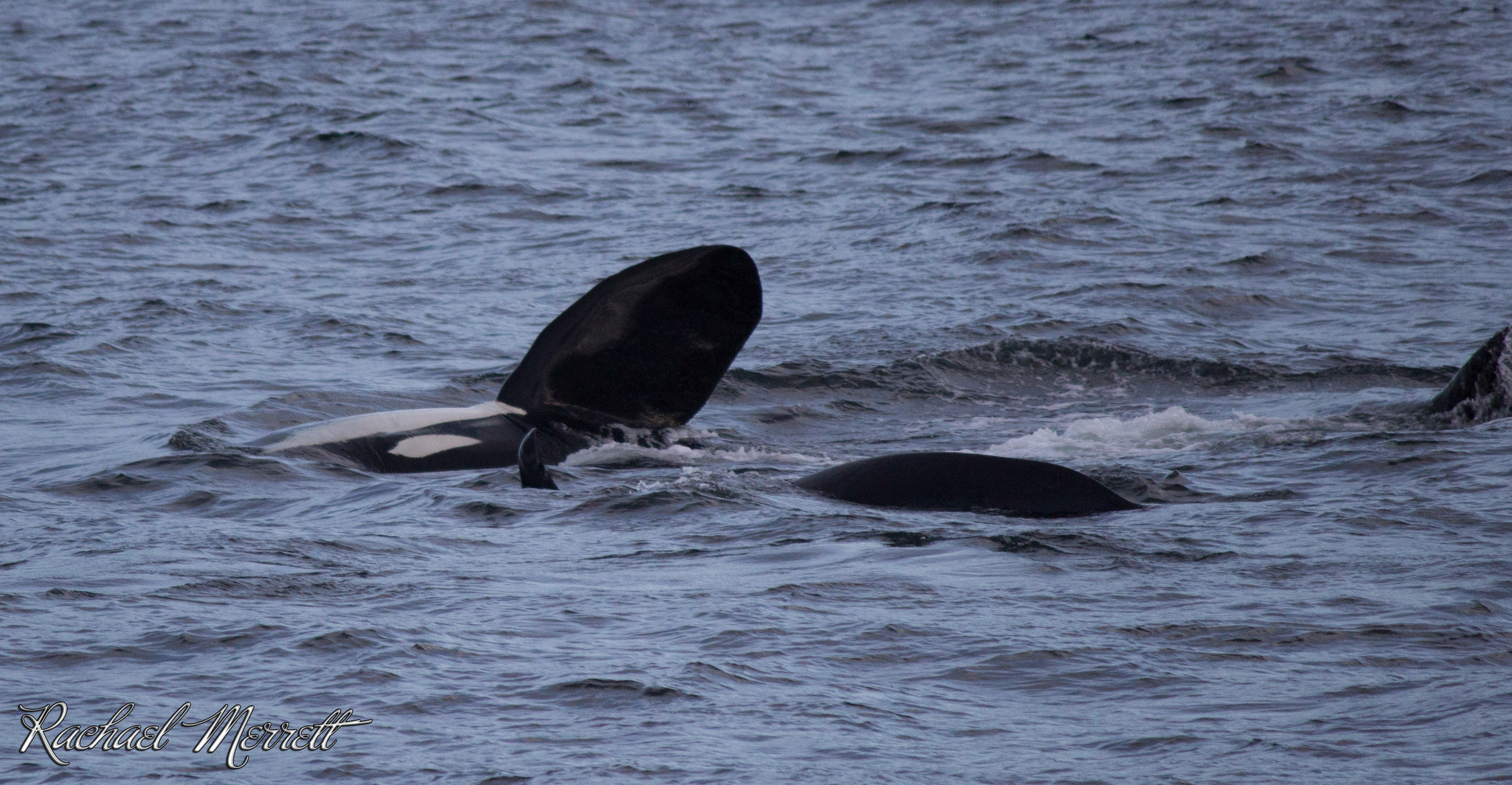 Orcas value sharing.
Orcas value sharing.
Female orcas share all the fish they catch, mostly with their offspring. Male orcas only share their food about 15% of the time, usually with their mothers. Orca pods need enough food so they can stick together, and help feed each other.
 North Pacific Bigg’s (transient) orcas are considered the most genetically distinct of all the world’s ecotypes.
North Pacific Bigg’s (transient) orcas are considered the most genetically distinct of all the world’s ecotypes.
Three orca ecotypes live in the North Pacific: residents, Bigg’s and offshores. Each type is genetically distinct, and has its own unique language, culture, prey preferences and hunting strategies.
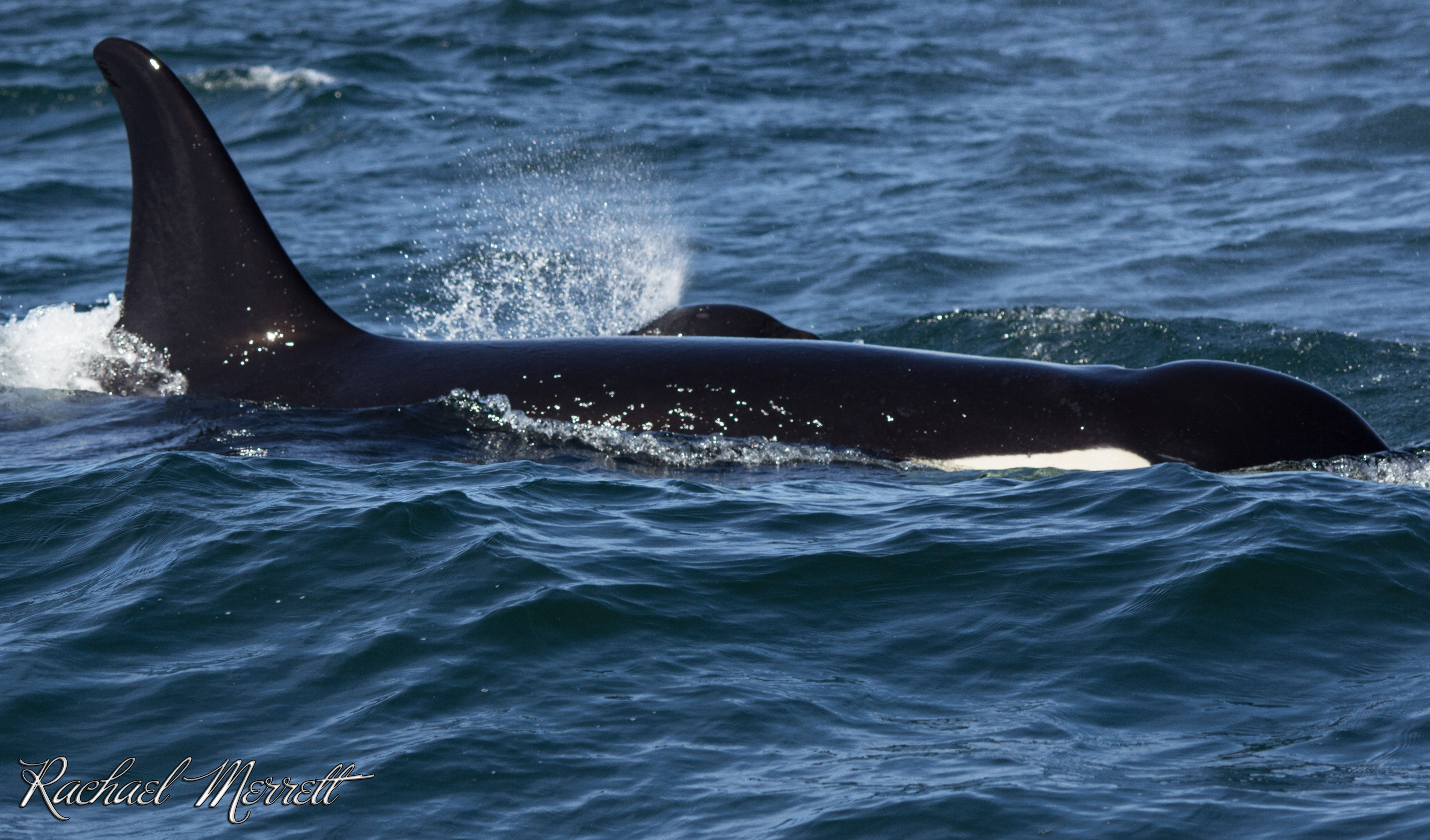 Orcas produce sound by a process known as echolocation.
Orcas produce sound by a process known as echolocation.
They do this by forcing air through their nasal passages, and then amplifying and projecting the sound through a fatty area of their head called the melon. Orcas have the most powerful and sophisticated echolocation of any animal on Earth.
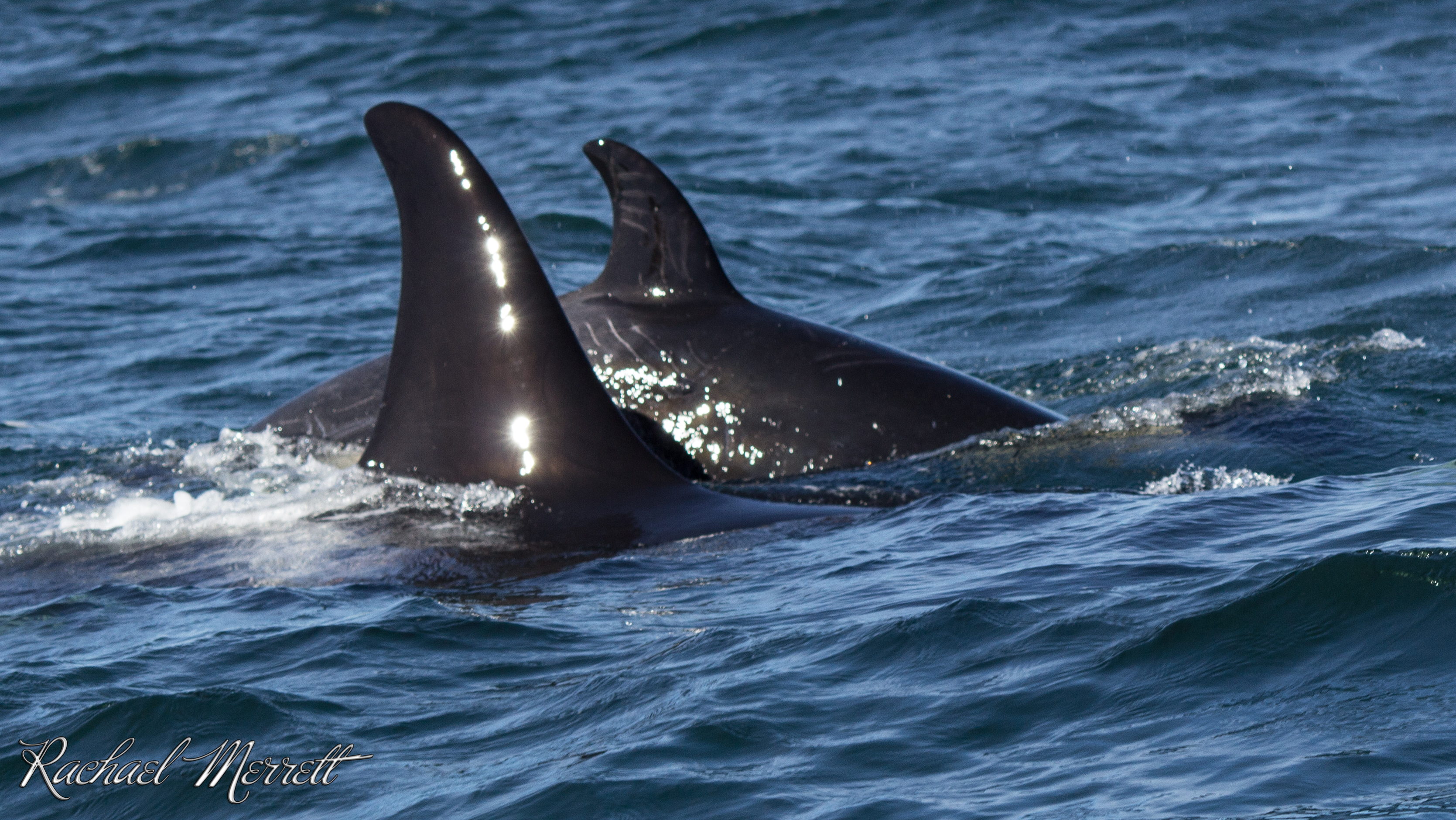 Orcas have notably long gestation periods.
Orcas have notably long gestation periods.
Pregnancies last between 15-18 months, and on average, females have a calf every 4-8 years. Females go through menopause in their early forties, but remain an integral part of the family unit.
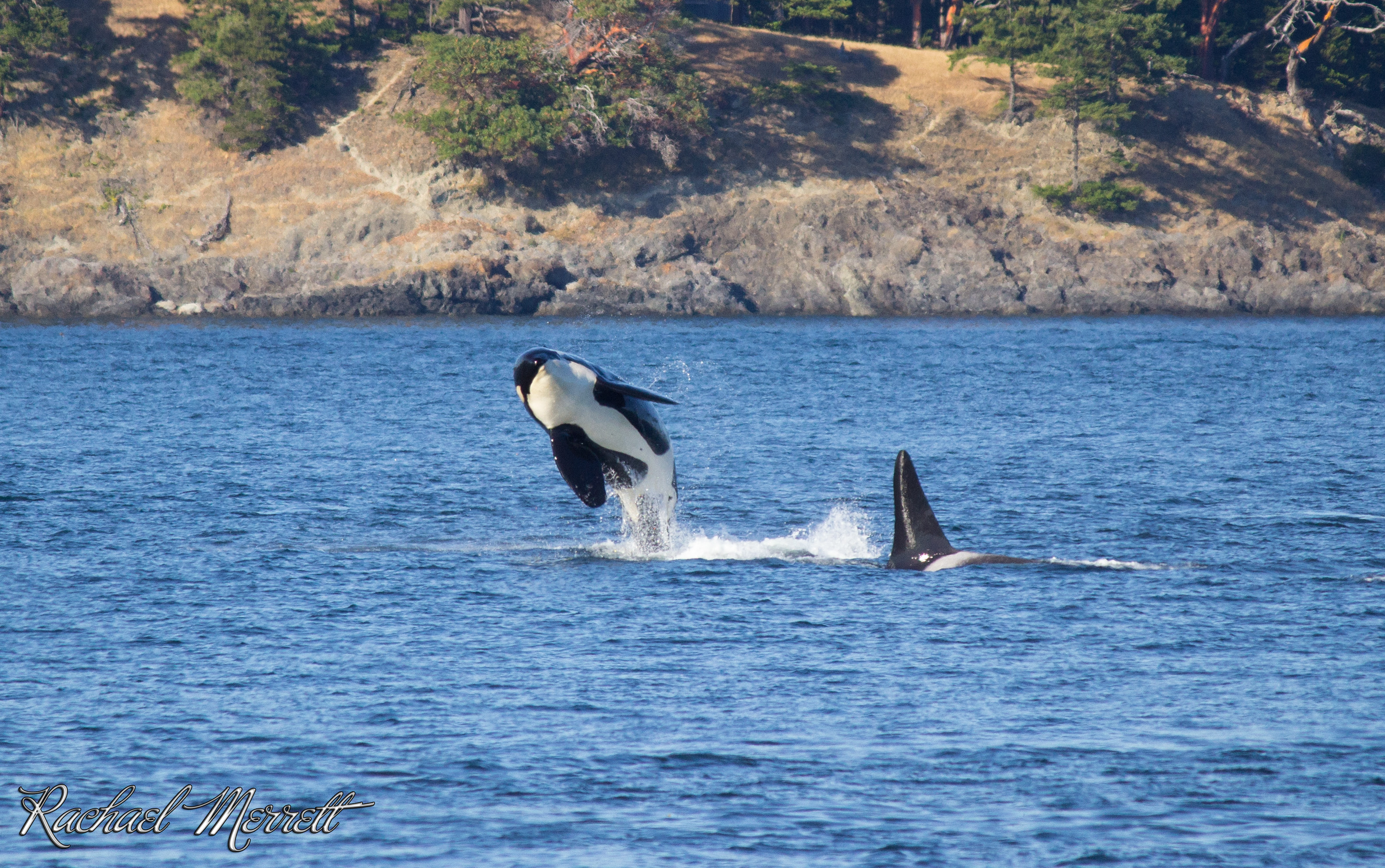 Southern Resident orcas have contaminant loads five times higher than harbour seals in the same area.
Southern Resident orcas have contaminant loads five times higher than harbour seals in the same area.
Bigg’s orcas have as much as 15 times the contaminant load of local seals, as they accumulate toxins from their marine mammal prey. Resident orcas eat salmon, which don’t contain as many toxins.
 As of May 2024, only 74 Southern Resident orcas remain.
As of May 2024, only 74 Southern Resident orcas remain.
This small endangered population is vulnerable to catastrophic events, such as oil spills, and low genetic variability, which can lead to inbreeding. Southern Residents need protection now or soon it will be too late.
Learn more about what you can do to make a difference!
Southern Resident orcas have been endangered for more than a decade, and their population is still declining. Time is running out!
- Take action! – Tell your MP and the ministers responsible: Now is the time for Canada to implement a 1,000-metre buffer zone in all BC waters — and that it can be done quickly by way of an emergency interim order.
- Join the Orca Action Team – Stay informed about actions you can take and information about the protection and recovery of the iconic Southern Resident orca population.
- Give a donation – Support GSA’s efforts to help the recovery of this essential and iconic species!

 There are at least 10 different ecotypes of orcas in the world.
There are at least 10 different ecotypes of orcas in the world. Orcas have the second largest brain of any animal in the world.
Orcas have the second largest brain of any animal in the world. The mortality rate for orcas is up to 50% in the first year of life.
The mortality rate for orcas is up to 50% in the first year of life. Adult resident orcas eat an average of approximately 385 pounds of salmon daily to stay healthy.
Adult resident orcas eat an average of approximately 385 pounds of salmon daily to stay healthy. Every orca is individually identifiable because they each have a unique dorsal fin and saddle patch.
Every orca is individually identifiable because they each have a unique dorsal fin and saddle patch. Southern resident orca, J-2 aka Granny, was the oldest known orca in the world.
Southern resident orca, J-2 aka Granny, was the oldest known orca in the world. More than 630,000 tons of fishing gear is lost, abandoned or otherwise discarded in the world’s oceans every year and this is an entanglement risk to orcas.
More than 630,000 tons of fishing gear is lost, abandoned or otherwise discarded in the world’s oceans every year and this is an entanglement risk to orcas. Every orca population has its own unique language.
Every orca population has its own unique language. Orcas are born with whiskers.
Orcas are born with whiskers. Orcas are some of the most contaminated animals on the planet.
Orcas are some of the most contaminated animals on the planet. Orcas have a unique region in their brains.
Orcas have a unique region in their brains. A mother orca’s death greatly affects the mortality rate of her sons.
A mother orca’s death greatly affects the mortality rate of her sons. The Exxon Valdez oil spill that occurred off the coast of Alaska in 1989, may have contributed to the death of 11 of the 22 Chugach transient orcas.
The Exxon Valdez oil spill that occurred off the coast of Alaska in 1989, may have contributed to the death of 11 of the 22 Chugach transient orcas. If unraveled, the small intestine of an orca would stretch the length of a Boeing 737-500.
If unraveled, the small intestine of an orca would stretch the length of a Boeing 737-500. Orcas keep half their brain awake while they sleep.
Orcas keep half their brain awake while they sleep. Orcas receive sound through their lower jaw.
Orcas receive sound through their lower jaw. Southern resident orca, L-87 (Onyx) is the only known Resident orca to have “switched” pods.
Southern resident orca, L-87 (Onyx) is the only known Resident orca to have “switched” pods. Humans, great apes, elephants, whales, hippos, manatees and walruses are the only animals that share a special type of cell in our brains.
Humans, great apes, elephants, whales, hippos, manatees and walruses are the only animals that share a special type of cell in our brains. Southern Resident orcas were the most highly targeted population when live captures for captivity were occurring.
Southern Resident orcas were the most highly targeted population when live captures for captivity were occurring.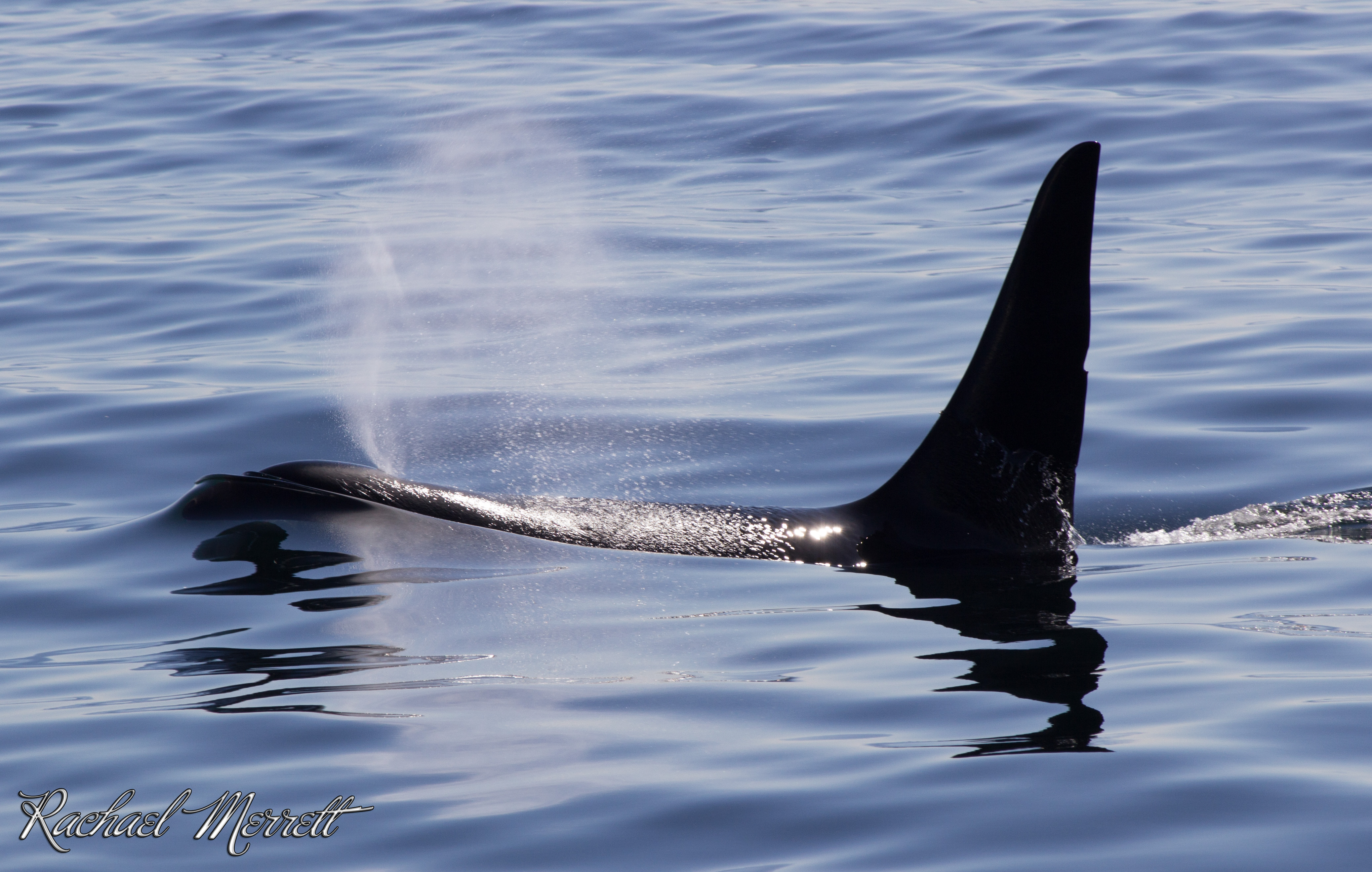
 Military sonar and underwater explosives can cause permanent damage or lead to death.
Military sonar and underwater explosives can cause permanent damage or lead to death. Orcas value sharing.
Orcas value sharing. North Pacific Bigg’s (transient) orcas are considered the most genetically distinct of all the world’s ecotypes.
North Pacific Bigg’s (transient) orcas are considered the most genetically distinct of all the world’s ecotypes. Orcas produce sound by a process known as echolocation.
Orcas produce sound by a process known as echolocation. Orcas have notably long gestation periods.
Orcas have notably long gestation periods. Southern Resident orcas have contaminant loads five times higher than harbour seals in the same area.
Southern Resident orcas have contaminant loads five times higher than harbour seals in the same area. As of May 2024, only 74 Southern Resident orcas remain.
As of May 2024, only 74 Southern Resident orcas remain.